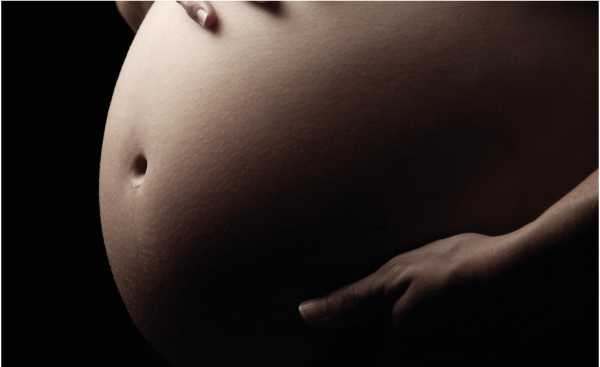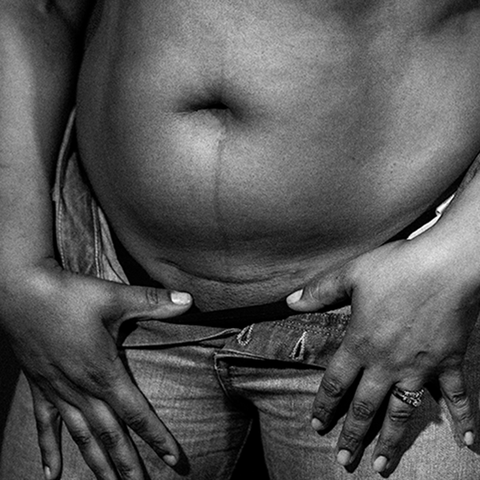The Unborn Child: What you need to know
Parents need to be aware of the developmental milestones of their unborn children, to lay a strong foundation for lifelong physical and mental health.


Pregnancy, delivery and the first three months post-partum are characterised by new experiences and great uncertainty. Anything the mother does during these periods can affect their baby’s development either negatively or positively. Here’s everything you need to know about these crucial times for your baby’s well-being.
Trimesters and Developmental Milestones
A full-term pregnancy has three trimesters and lasts for forty weeks. In each trimester, the unborn child should meet specific developmental milestones programmed in a way that nothing is postponed for later development. A full term baby can be born as early as thirty-seven weeks and as late as forty-two weeks, with a transitional period of three months after delivery that requires close monitoring.
First Trimester
This covers the first twelve weeks and is a very crucial time for the unborn child. During conception, the egg and sperm combine forming a zygote which is implanted on the wall of the uterus. Later, the zygote becomes an embryo. After twelve weeks, the brain, spinal cord, and structures have started to develop and grow rapidly. The heart beat is regular and the fingers and toes have formed. By this time, the embryo is around three inches long and weighs nearly one ounce.
Moreover, the nerves and muscles work together and can make a fist. The eyelids will also have been formed and remain closed for protection until twenty-eight weeks. The first trimester is a very sensitive period and anything nutritional, medical, other experiences and exposure may affect the unborn child positively or negatively resulting in developmental delays.
In the first three months mothers will experience several changes which include swollen breasts, mood changes, cravings for certain types of foods, headaches, indigestion, weight changes, constipation, nausea, vomiting, and morning sickness. The probability of miscarriage is relatively high and research done shows that about one in ten pregnancies end up in a miscarriage, and about 85 per cent of them occur during this period.
Second Trimester
The second trimester is between week 13 and week 28. During this period, the unborn child grows to around one foot long and weighs one and a half pounds. The child also has their first bowel movement within this period. For boys, their testicles move to the scrotum and for girls their eggs move to the ovaries. Other developmental milestones include the fact that the baby’s lungs have developed, they can see hear, make sucking motions and scratch themselves. Moreover, their skin, hair, and nails have formed and they can sleep and wake up regularly. Also, during this period, the baby’s taste buds have formed and their bone marrow is making blood cells. Their body is also covered with a fine hair called lanugo.
The changes mothers experience during this trimester include expanding abdomen, stretch marks, and swelling on the ankles, fingers and face which can sometimes be accompanied by an itch. During the second trimester the expectant mother can feel their baby’s movements and kicks and test checks for developmental abnormalities can be conducted. If you notice any vomiting or yellowing of the skin (jaundice) or whites of the eyes seek medical attention. The baby can survive living outside the womb after twenty-three weeks but may have serious medical issues.
RELATED: What to consider when preparing for pregnancy
The Third Trimester
This is the period from twenty-nine weeks of pregnancy to around forty weeks. By this time, most organs and body systems of the child have formed, weight gain accelerates, and continues to grow. Also, the bones harden, movements are noticeable, eyes can open and sense light, formation of lungs is complete, lanugo falls away, and a waxy coating develops.
Mothers experience discomfort including heartburn, shortness of breath, swelling ankles, insomnia, mood changes, and leakage of milk from breasts. It is normal to be anxious about a delivery, as the child drops lower in the mother’s abdomen and turns their head down. During the third trimester some mothers experience contractions that don’t lead to labour known as Braxton Hicks.
Fourth Trimester: Postpartum
The fourth trimester is the transitional period of three months after delivery. This is a crucial time and plays a key role in the health of mother and the baby. A range of hormonal and environmental changes may pose challenges involving the process of recovering. Mothers adjusting to the new role of parenthood while still adjusting to the bodily changes they are undergoing as well as and other difficulties related to breastfeeding may experience postpartum depression. Managing such challenges require mothers to reduce housekeeping duties, have adequate rest, raise concerns about the baby or personal health and attend doctor’s appointments.
Conclusion
Parents need to be aware of the developmental milestones of their unborn children, to lay a strong foundation for lifelong physical and mental health. Getting regular prenatal care is critical to ensure unborn children meet developmental milestones and mothers are in good health. Monitoring mothers who experience persistent low mood, feelings of guilt or inadequacy, or thoughts of harming themselves or the baby is important and should seek medical attention since it can be signs of postpartum depression.
The article was written by Dr. Catherine Gichuba, CEO and Lead Consultant at Regional Social Consultants Agency (RESCA)








